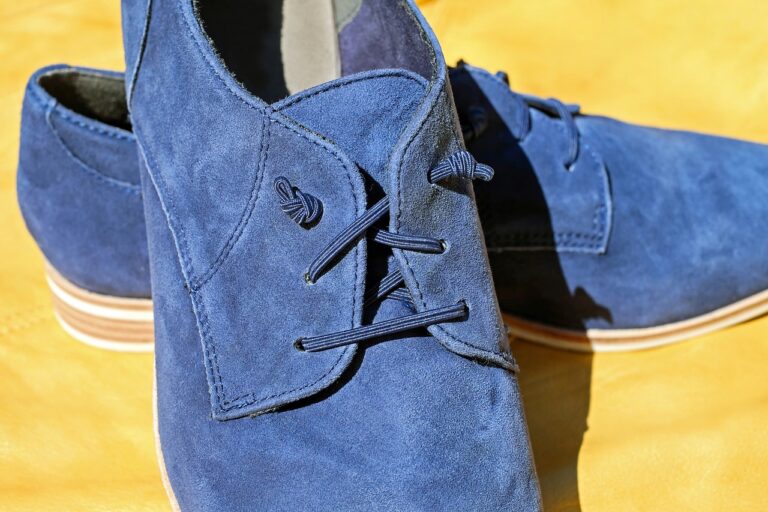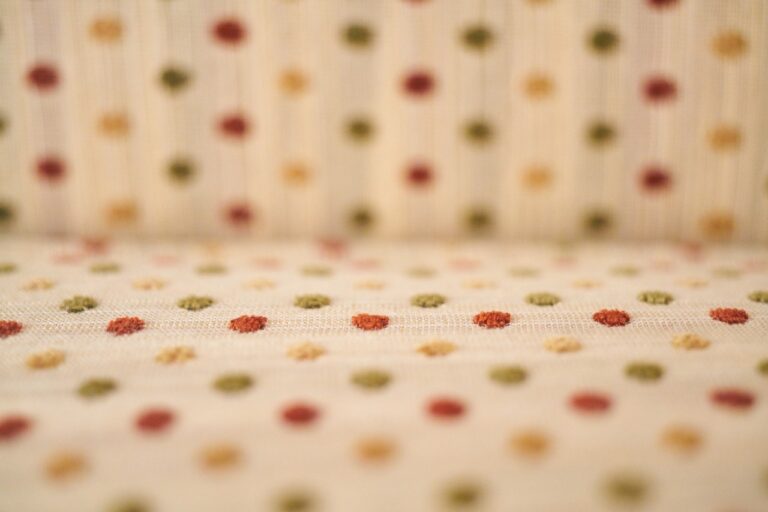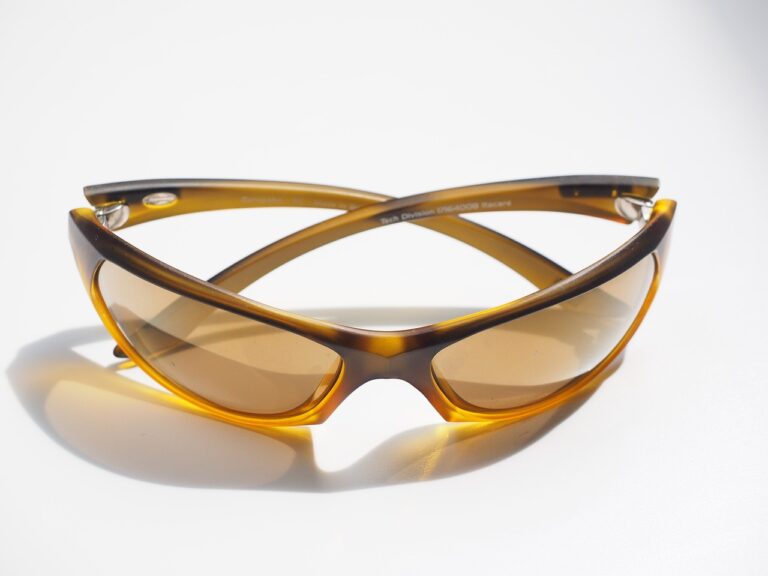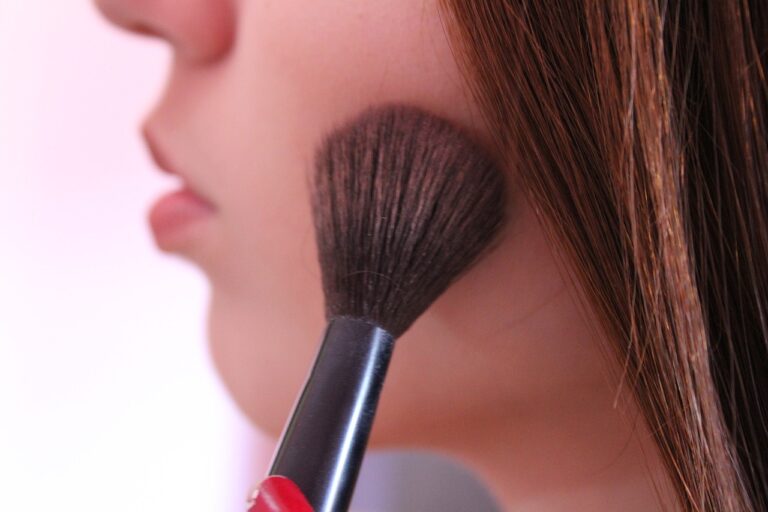Fashion Forward: Examining the Intersection of Fashion and Technology
Wearable technology in fashion has come a long way since its humble beginnings. What once started with basic fitness trackers has now evolved into sophisticated pieces that seamlessly blend fashion and technology. Designers are now incorporating smart fabrics, sensors, and even flexible displays into their collections, creating a whole new realm of interactive and functional clothing.
As consumers increasingly seek fashion that is not only stylish but also serves a purpose, the demand for wearable technology continues to grow. From smartwatches that track your steps and heart rate to jackets that can charge your devices wirelessly, these innovations are changing the way we interact with our clothing. As technology continues to advance, the possibilities for wearable tech in fashion are endless, opening up a whole new world of creativity and innovation for designers and consumers alike.
The Impact of Virtual Reality on Fashion Retail
Virtual reality (VR) technology has made profound strides in reshaping the landscape of fashion retail. By allowing customers to immerse themselves in a virtual store environment, VR enables a unique and interactive shopping experience that transcends traditional retail limitations. Through VR headsets, shoppers can browse virtual store shelves, try on clothing virtually, and even attend digital fashion shows from the comfort of their homes.
One of the key advantages of integrating virtual reality in fashion retail is its ability to bridge the gap between physical and online shopping experiences. With VR, customers can enjoy a tactile shopping experience similar to in-store browsing, while still benefiting from the convenience and accessibility of online shopping. This blend of the physical and digital realms enhances customer engagement and satisfaction, ultimately leading to increased sales and brand loyalty for retailers who embrace VR technology.
3D Printing: Revolutionizing Fashion Design
The integration of 3D printing technology in the fashion industry has brought about a significant shift in the way clothing and accessories are designed and produced. Designers are now able to create intricate and complex designs that were once thought to be impossible using traditional methods. This innovative technology allows for greater customization and personalization of garments, giving consumers the opportunity to own unique pieces tailored to their preferences and measurements.
Furthermore, 3D printing has also contributed to reducing waste in the fashion production process. By utilizing this technology, designers can create items on-demand, eliminating the need for mass production and excess inventory. This not only leads to a more sustainable approach to fashion design but also opens up new possibilities for creating one-of-a-kind pieces that cater to individual tastes and styles.
How has wearable technology evolved in the fashion industry?
Wearable technology in fashion has evolved from basic fitness trackers to more advanced smart clothing and accessories that can track biometric data and even connect to smartphones.
What is the impact of virtual reality on fashion retail?
Virtual reality has transformed the way consumers shop for clothes by providing immersive and interactive shopping experiences, allowing them to try on clothes virtually before making a purchase.
How is 3D printing revolutionizing fashion design?
3D printing is revolutionizing fashion design by enabling designers to create complex and intricate designs that were once impossible to produce using traditional manufacturing methods. It also allows for more sustainable and efficient production processes.







